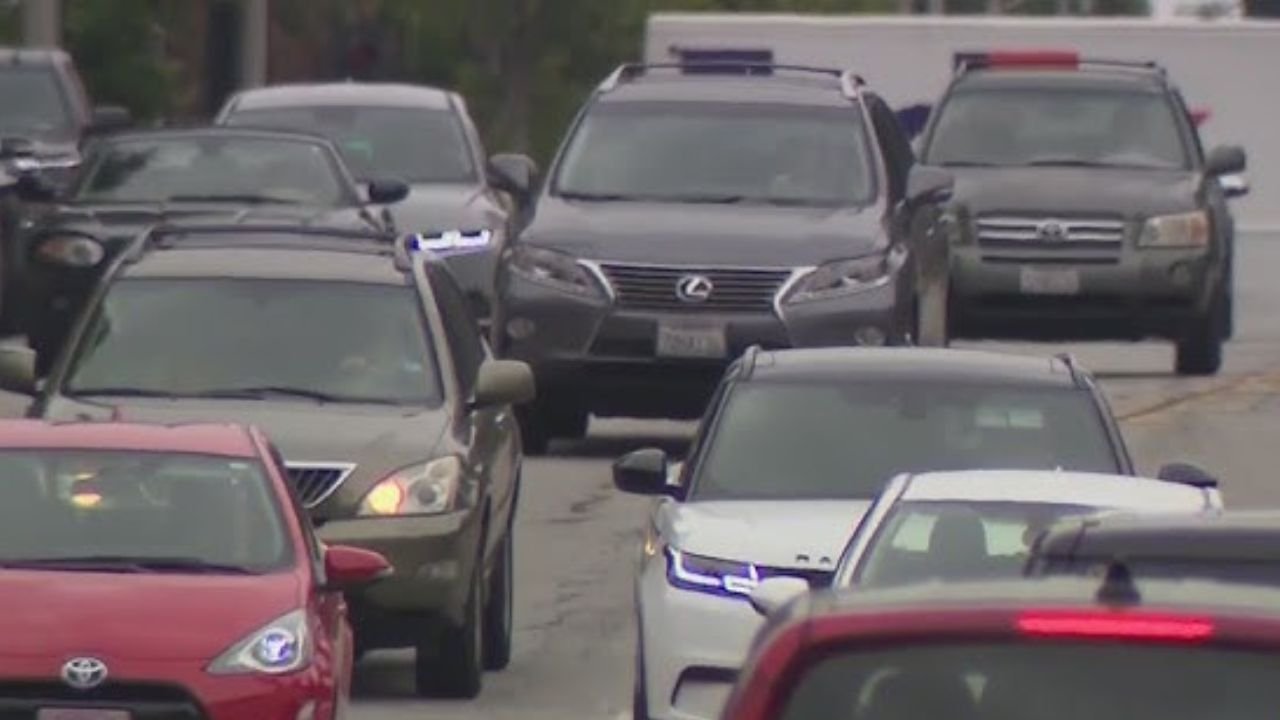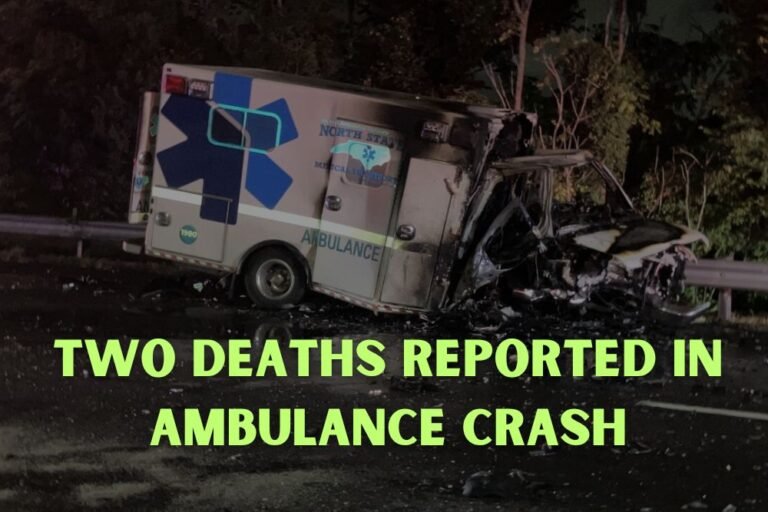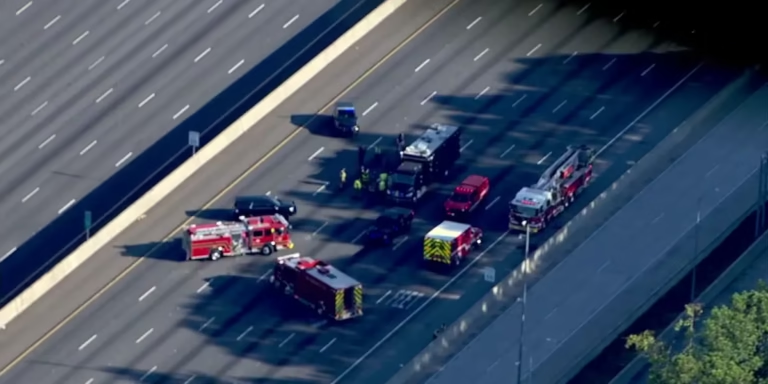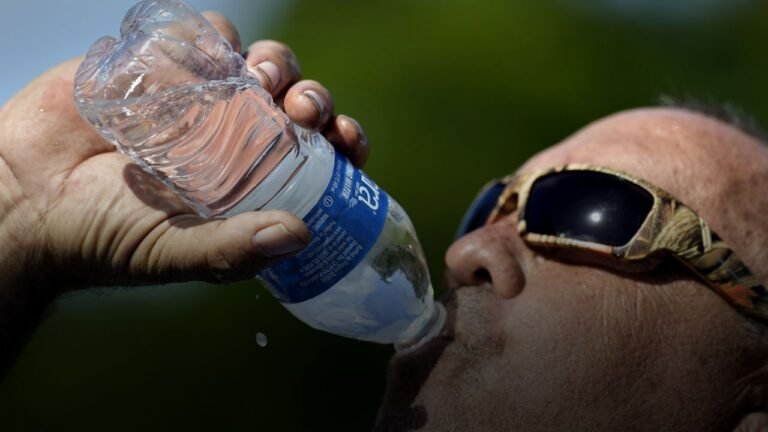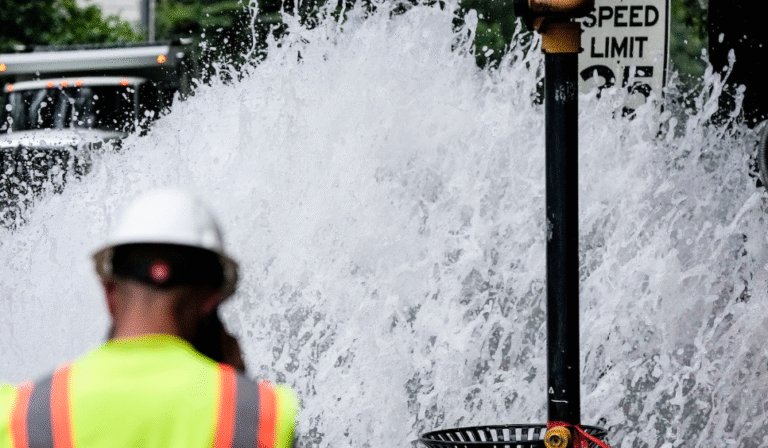U.S. ‘Do Not Drive’ Vehicle Recalls Surge 65% Since Last Summer, CARFAX Report Finds
WASHINGTON, D.C. — A new report from CARFAX data reveals a sharp rise in urgent “Do Not Drive” recalls across the U.S., increasing by more than 65% since summer 2024. The number of affected vehicles now stands at approximately 725,000 nationwide.
What Are “Do Not Drive” Recalls?
Unlike standard recalls, “Do Not Drive” notices are issued for severe safety risks, often involving brake failures, fuel system issues, or defective airbags that can explode. These recalls warn drivers not to operate their vehicles until the defect is repaired, as the risk of catastrophic failure is deemed immediate.
Automotive experts stress that ignoring such recalls could place both the driver and others on the road in serious danger.
States With the Most Impacted Vehicles
According to the new CARFAX data, the top 15 states with the highest number of vehicles under a “Do Not Drive” recall include:
- California: 118,400
- Texas: 61,200
- Florida: 40,600
- Arizona: 28,000
- Ohio: 25,400
- Pennsylvania: 23,500
- North Carolina: 22,400
- Georgia: 21,900
- Tennessee: 21,300
- Illinois: 18,800
- South Carolina: 18,100
- Virginia: 18,100
- New York: 18,000
- Michigan: 17,500
- Washington: 17,400
The data highlights how widespread the issue has become, with southern and coastal states making up a large share of the impacted vehicles.
Overall Recalls Decline, But Risks Remain
While the number of “Do Not Drive” recalls is rising, CARFAX also reported that the total number of vehicles with at least one unresolved recall has dropped by nearly 4 million since last year. Nationwide, 54.6 million vehicles still have unrepaired recalls on record.
This means that while progress is being made in addressing standard recalls, the most dangerous category of defects is growing.
Programs Helping Identify Unsafe Vehicles
Industry experts point to the Vehicle Recall Search Service, launched in 2018 by CARFAX and the Alliance for Automotive Innovation, as a key tool in reducing the risks. The program helps state motor vehicle departments, public safety agencies, and inspection stations quickly identify vehicles with urgent recalls.
“To date, this initiative has pinpointed millions of vehicles that need attention, making roads safer for everyone,” said Faisal Hasan, vice president of data at CARFAX.
What Drivers Should Do
Drivers are urged to check their vehicles regularly for recalls using online tools provided by manufacturers, dealerships, or CARFAX. Those who receive a “Do Not Drive” notice should:
- Immediately contact their dealer or manufacturer.
- Arrange free repairs or parts replacements.
- Avoid operating the vehicle until the issue is resolved.
Ignoring these warnings could lead to devastating consequences on the road.
Have you ever received a “Do Not Drive” recall notice for your vehicle? Share your experience with us at SaludaStandard-Sentinel.com.

